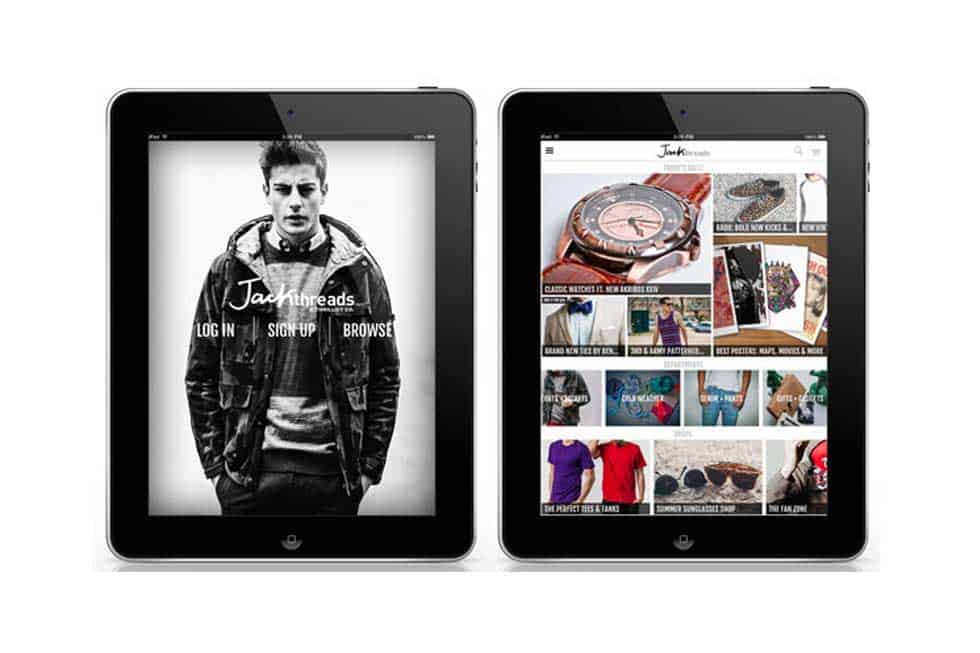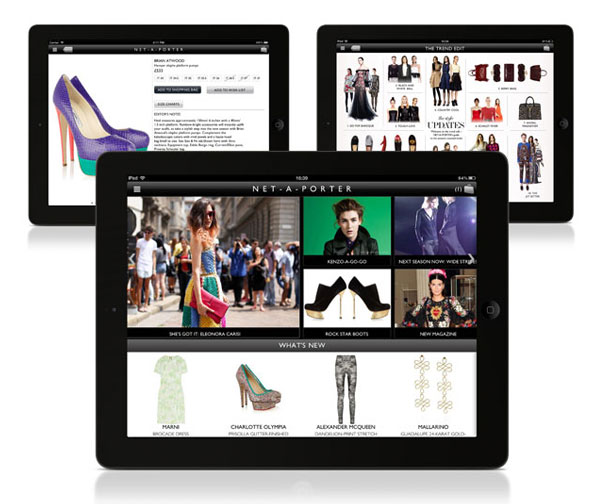
For most consumers, shopping is a visual and visceral activity. We like to see, touch and interact with the products we buy before making a purchase. The downside of ecommerce, however, has always been the skeptical nature of shoppers who remain hesitant to buy something they haven’t physically seen.
Thankfully, advances in technology have made it possible for retailers to provide sensory experiences that bring consumers closer to their products. Enter the iPad: the quirky little device that both excited and confused the world when it was released in April of 2010. While many were not ready for another device, others knew they were witnessing an opportunity to revolutionize the way we engage with brands online.
What sets the iPad apart when it comes to online shopping, is its ability to create an emotional connection with users in ways that other devices can’t replicate. In fact, the iPad’s touch interface is proof that Apple understands people just as much as it does technology.
The tactile nature of a touch screen allows users to feel like products are in their hands, while the portability allows them to browse from their bed, couch or a hammock in Fiji. It’s fun and gives the consumer a sense of control never before experienced in the digital world.
These important elements trigger a well-known psychological effect that defines the very reason iPad shoppers are more prone to make purchases than on any other device. Eric Jaffe of Fast Company magazine recently wrote an article describing a phenomenon psychologists call the “endowment effect”.
“So strong is the endowment effect that we don’t have to physically own something for the effect to take hold. The mere suggestion of ownership is enough to get our guns going. One recent study found that people who touched an item felt an increased sense of ownership toward it. A follow-up study found that simply imagining touching an object produced the same possessive feeling.“
It is important to note selling physical merchandise makes for a better tablet experience than, for example, trips to Italy. A tablet-optimized shop selling tee shirts gives the user the ability simulate the effect of interacting with the product via changing the color, zooming in to see more detail, viewing how the item looks on a model, etc. Booking a trip, however, is more about non-visual indicators such as the itinerary, airfare, dates and user reviews. While a beautiful tablet experience wouldn’t hurt, it may not have the same emotional impact that facilitates increased conversions.
Lastly, optimizing for tablet requires strong user experience design and information architecture. The most cost effective and efficient option is to build a Responsive Website that adapts to desktop, tablet and mobile screen sizes.
For retailers looking to convert to Responsive, a critical component is ensuring that product images are high resolution and optimized for retina displays.
If your product images are pixelated or not photographed appropriately, it could spoil all of the effort you poured into an otherwise amazing online shopping tool. You’ll also want to consider how vital product information is displayed to the user. Descriptions, tech specs, videos, reviews and other important attributes should all be easily accessible.
Let`s Get
In Touch
Contact us today for a free consultation
and cost estimate for
your project.
We work with companies in all
industries, big or small.
Give Us a Call: 786-529-6039
Services
©2024 FUZE DIGITAL INC. Ignite Your Brand™ | privacy






